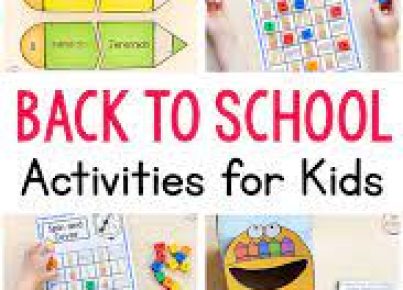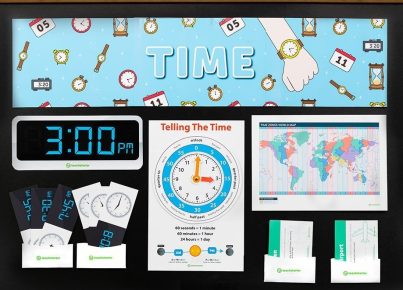Introduction:
Elementary school teachers often struggle to find innovative ways to keep their students engaged. One popular solution is the use of hands-on, self-checking centers. These engaging and interactive learning stations offer students the opportunity to not only learn new concepts but also practice and improve upon them. In this article, we will explore a few must-have hands-on, self-checking centers which are essential for every elementary classroom.
1. Math Manipulatives
Math manipulatives are physical tools that help children explore and understand mathematical concepts through hands-on play. By utilizing these tools, students can experiment with different strategies and problem-solving techniques while receiving instant feedback on accuracy. Examples of math manipulatives include base ten blocks, Cuisenaire rods, pattern blocks, and unifix cubes.
2. Sentence Building Stations
Sentence building stations are a fantastic way for young learners to practice forming complete sentences while improving their grammar skills. Here, students manipulate pre-cut words and phrases or use magnetic letters to construct sentences before checking their results against correct examples provided at the station.
3. Phonics Matching Centers
Phonics matching centers help develop essential reading skills by reinforcing phonological awareness in young learners. These centers typically involve tasks where students match letter sounds with corresponding pictures or words – an effective way of improving their sound-letter recognition and early reading abilities.
4. Puzzle Centers
Puzzles are not only entertaining but also educational. By incorporating puzzles into center-based learning experiences, teachers can encourage critical thinking, problem-solving skills, and spatial awareness in young learners. Puzzle centers often include activities such as jigsaw puzzles or tangrams, which can be completed independently or collaboratively with peers.
5. Science Exploration Centers
Science exploration centers provide young learners with a hands-on approach to science-based concepts and lessons. Students get the chance to experiment, observe, and investigate the world around them. Popular center activities include growing plants, observing life cycles or exploring magnetism using various materials.
6. Art & Creativity Stations
Creativity and self-expression are crucial components of childhood development. Art centers offer students a safe space to explore their imaginations and creativity by providing them with a diverse array of materials. Teachers can incorporate self-checking aspects to these centers by providing examples, step-by-step instructions, or guided projects.
Conclusion:
Elementary teachers looking to create active and independent learners should consider integrating hands-on, self-checking centers in their classrooms. These useful learning stations provide students with engaging ways to develop essential academic skills while offering them the opportunity to work at their own pace. Consequently, these centers promote autonomy and confidence in elementary students, preparing them for future challenges inside and outside the classroom.





